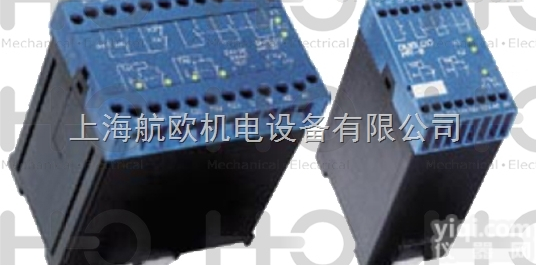 1771-A2B美国AB现货 1771-A2B美国AB现货
1771-A2B美国AB现货 1771-A2B美国AB现货
 1771-OB美国AB现货特惠 1771-OB美国AB现货特惠
1771-OB美国AB现货特惠 1771-OB美国AB现货特惠
 1771-A3B美国AB现货销售 1771-A3B美国AB现货销售
1771-A3B美国AB现货销售 1771-A3B美国AB现货销售
 美国ABI7500fast现货 美国ABI 7500fast型实时荧光定量PCR仪现货
美国ABI7500fast现货 美国ABI 7500fast型实时荧光定量PCR仪现货
 3-ACB-DDAJ-1KJ 美国MAC现货 4-AA1-DFBJ-1KG 美国MAC现货报价
3-ACB-DDAJ-1KJ 美国MAC现货 4-AA1-DFBJ-1KG 美国MAC现货报价
 3-ACB-DDAJ-1KJ 美国MAC现货 3-ACB-DDAJ-1KJ 美国MAC现货报价
3-ACB-DDAJ-1KJ 美国MAC现货 3-ACB-DDAJ-1KJ 美国MAC现货报价
 现货美国BD 现货美国BD关机液低价销售
现货美国BD 现货美国BD关机液低价销售
 美国SUN工厂美国SUN产品美国SUN价格美国SUN现货
美国SUN工厂美国SUN产品美国SUN价格美国SUN现货
 美国GP50工厂美国GP50产品美国GP50价格美国GP50现货
美国GP50工厂美国GP50产品美国GP50价格美国GP50现货
 美国ZEMIC 美国ZEMIC现货
美国ZEMIC 美国ZEMIC现货
 镍Ni元素灯美国PE现货代理镍空心阴极灯美国PE一级代理
镍Ni元素灯美国PE现货代理镍空心阴极灯美国PE一级代理
 特价供应美国穆格G761系列伺服阀美国MOOG现货
特价供应美国穆格G761系列伺服阀美国MOOG现货
 PD98059,CAS号:167869-21-8,目录号S1177,MEK YZ剂,美国Selleck现货
了解详情
PD98059,CAS号:167869-21-8,目录号S1177,MEK YZ剂,美国Selleck现货
了解详情
 现货,Dapagliflozin ,目录号S1548,CAS号:461432-26-8, 960404-48-2 , G蛋白偶联受体(GPCR & G P),SGLT YZ剂,美国Selleck
了解详情
现货,Dapagliflozin ,目录号S1548,CAS号:461432-26-8, 960404-48-2 , G蛋白偶联受体(GPCR & G P),SGLT YZ剂,美国Selleck
了解详情
 现货,BKM120 (NVP-BKM120),目录号S2247,CAS号:944396-07-0, 1312445-63-8 (HCl), 美国Selleck
了解详情
现货,BKM120 (NVP-BKM120),目录号S2247,CAS号:944396-07-0, 1312445-63-8 (HCl), 美国Selleck
了解详情
 现货,TW-37,目录号S1121,CAS号:877877-35-5,美国Selleck
了解详情
现货,TW-37,目录号S1121,CAS号:877877-35-5,美国Selleck
了解详情
 现货,Brivanib (BMS-540215),目录号S1084,CAS号:649735-46-6, 受体酪氨酸激酶(RTK),VEGFRYZ剂,美国Selleck
了解详情
现货,Brivanib (BMS-540215),目录号S1084,CAS号:649735-46-6, 受体酪氨酸激酶(RTK),VEGFRYZ剂,美国Selleck
了解详情
本产品信息由(赛导通生物科技(南京)有限公司)为您提供,内容包括(现货,Barasertib (AZD1152-HQPA) ,CAS号:722544-51-6,目录号 S1147 ,Aurora Kinase YZ剂,美国Selleck)的品牌、型号、技术参数、详细介绍等;如果您想了解更多关于(现货,Barasertib (AZD1152-HQPA) ,CAS号:722544-51-6,目录号 S1147 ,Aurora Kinase YZ剂,美国Selleck)的信息,请直接联系供应商,给供应商留言。若当前页面内容侵犯到您的权益,请及时告知我们,我们将马上修改或删除。